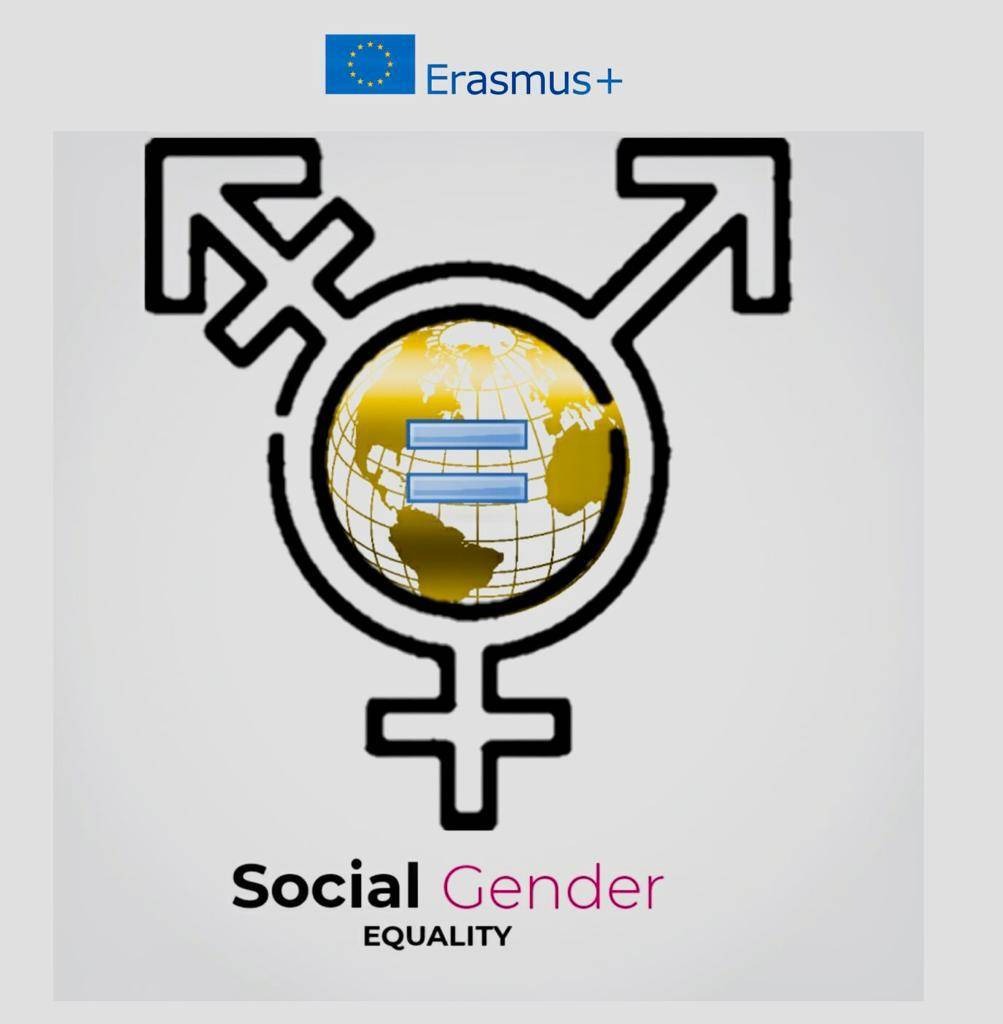Introduction
Gender stereotypes are preconceived notions or beliefs about the roles, characteristics, and behaviors that society expects from individuals based on their gender. These stereotypes are often entrenched from a young age, influencing children’s perceptions of themselves and others. In school environments, these gendered expectations can significantly shape students’ experiences, interactions, and academic performance. Educators, parents, and peers may unintentionally reinforce these stereotypes, thus creating barriers to achieving gender equality in education. This text explores the impact of gender stereotypes in school education and discusses strategies for dismantling them to create more equitable learning environments.
Main Body
1. The Formation of Gender Stereotypes in Early Childhood Research suggests that gender stereotypes begin to form as early as preschool. Children often absorb messages from their surroundings about what is considered “appropriate” behavior for boys and girls. For instance, boys may be encouraged to engage in physical activities, while girls are steered toward nurturing roles. These early messages are critical, as they lay the foundation for how children perceive their capabilities and limitations. Schools, through classroom practices, play a significant role in either reinforcing or challenging these stereotypes.
2. Gender Stereotypes and Subject Choices A prevalent stereotype in education is that boys excel in subjects like mathematics and science, while girls are better suited for the arts and humanities. This stereotype can affect students’ subject choices and confidence levels. For example, girls may internalize the belief that they are not “naturally” good at math, leading to lower performance and decreased interest in pursuing STEM fields. Conversely, boys who may be inclined towards artistic subjects may shy away due to fear of judgment or societal disapproval. Breaking these stereotypes is key to broadening students’ opportunities.
3. Classroom Dynamics and Teacher Expectations Teachers, often unconsciously, may have different expectations for boys and girls in the classroom. Studies have shown that teachers may call on boys more frequently for problem-solving tasks, assuming they are more analytical, while girls are praised for their neatness and compliance. These differentiated expectations can reinforce gender stereotypes, leading to unequal opportunities for participation and development of skills. Teacher training focused on recognizing and addressing these biases is essential for promoting gender equality in the classroom.
4. Impact on Student Confidence and Achievement Gender stereotypes can significantly impact students’ self-esteem and academic achievement. Girls who are constantly exposed to messages that suggest they are less capable in technical subjects may develop a fixed mindset, believing they cannot excel in these areas. Boys, on the other hand, may feel pressure to conform to masculine ideals, avoiding subjects or activities that are deemed “feminine,” such as literature or music. By challenging these stereotypes, educators can foster a growth mindset, encouraging all students to explore their interests without fear of judgment.
5. Strategies for Dismantling Gender Stereotypes in Schools To create a more gender-inclusive environment, schools must actively work to dismantle harmful stereotypes. Strategies include:
Promoting diverse role models: Introducing students to successful individuals from various gender backgrounds in all fields can help break down stereotypes about gender and capability.
o Gender-neutral language: Using language that does not reinforce traditional gender roles in the classroom is crucial.
o Encouraging all students: Teachers should encourage both boys and girls to participate in a wide range of activities, from STEM to the arts, without bias.
o Curriculum revision: Schools should review curricula to ensure that materials do not perpetuate gender stereotypes and offer balanced representation of all genders.
Conclusion
Gender stereotypes in school education have long-lasting effects on students’ academic choices, self-perception, and future opportunities. By addressing these stereotypes early on, educators can create more inclusive learning environments that allow all students to reach their full potential, free from the constraints of societal expectations. Moving forward, schools must continue to prioritize gender equity in their teaching methods, curricula, and interactions, ensuring that future generations are empowered to challenge stereotypes and embrace diverse possibilities.
